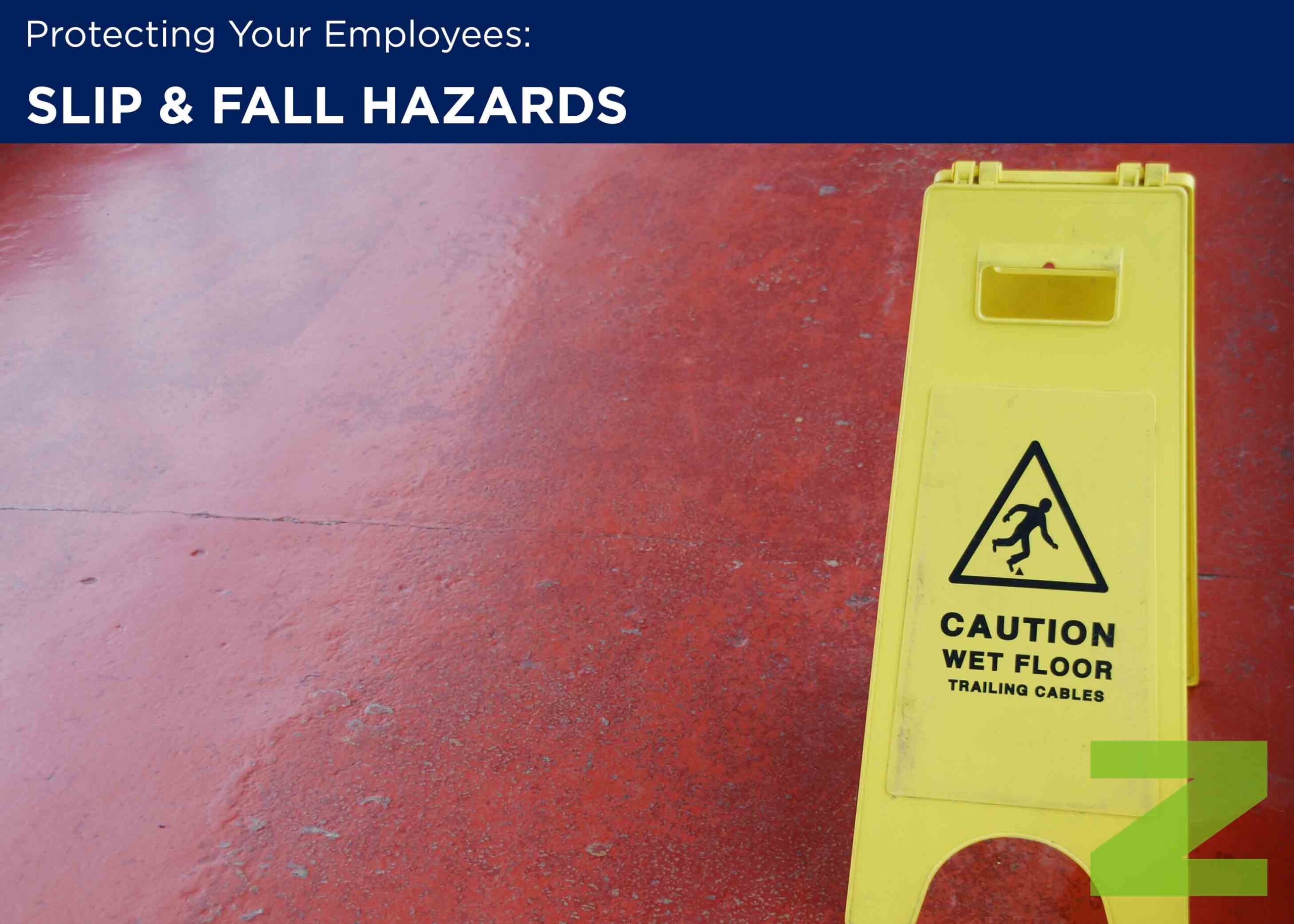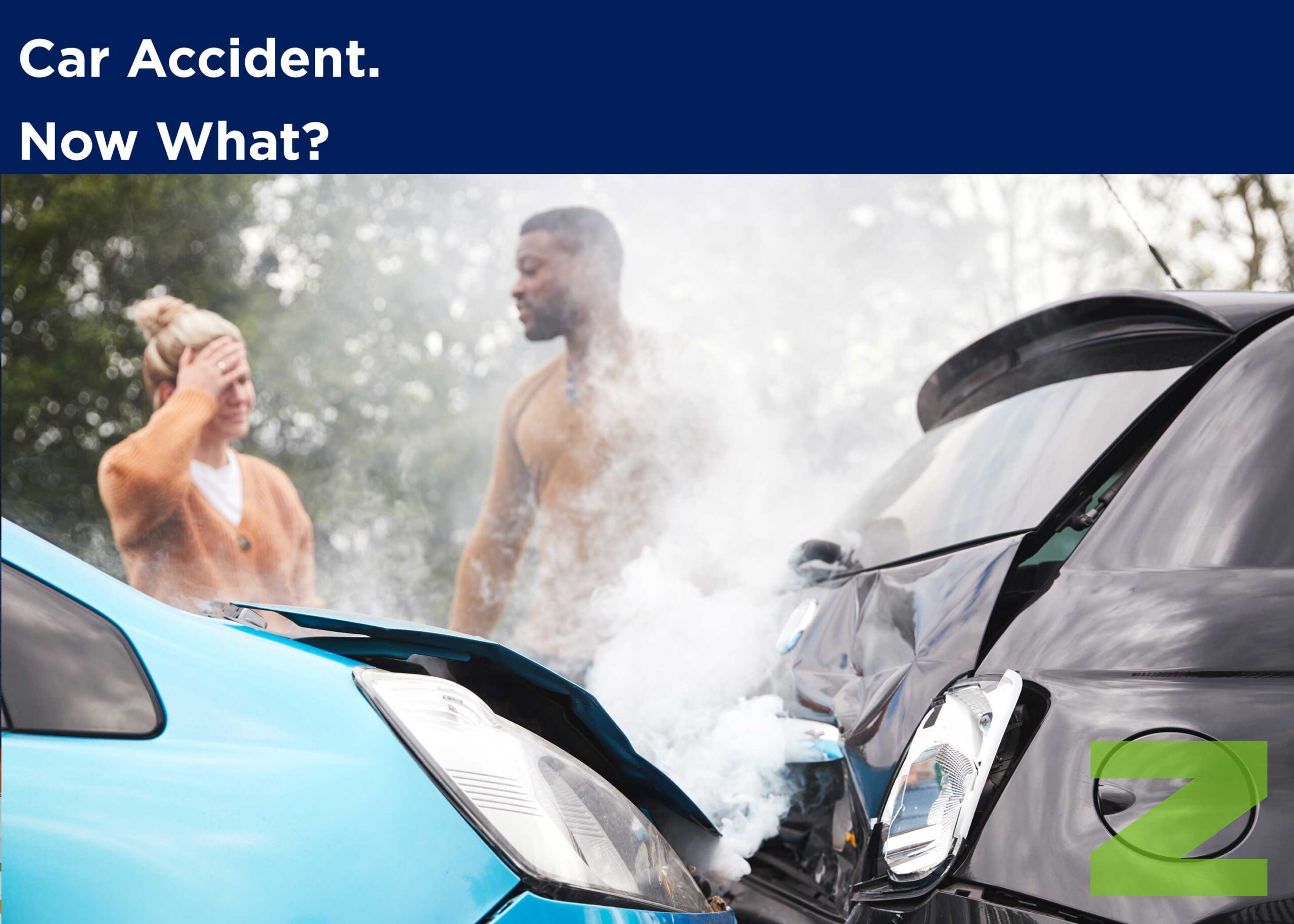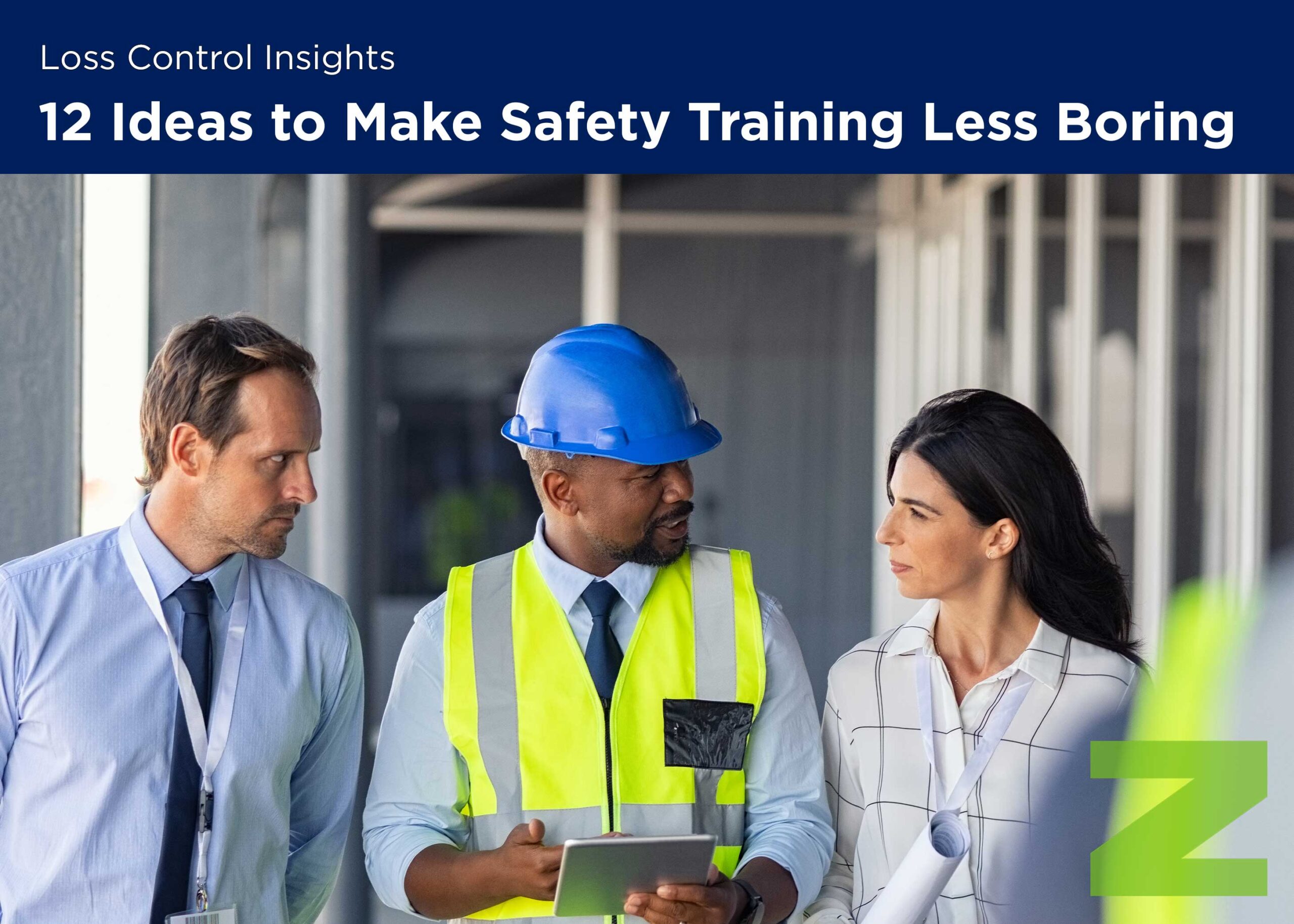Slip-and-Fall litigation has continually been one of the largest liability exposures for retailers in all industries. It is important to be aware of the duties you owe to your customers. The need for slip and fall safety is just as vital for other industries as well. Traditional law has stated that retailers must exercise “reasonable care” in providing a safe atmosphere for customers. If a retailer knows or has “constructive knowledge” of a hazardous condition, it is possible that the company will be held liable in court. Historically, in order to be found liable, the customer was responsible for proving that the retailer had knowledge of and reasonable time to protect the customer from the hazard in question.
Recently, more states have been adopting the new standards outlined in the “Mode of Operation” doctrine, which shifts the burden of proof to the retailer. Rather than requiring that the customer prove that the retailer did know about a hazard, states that operate under this new doctrine require retailers to prove that they couldn’t remedy a hazardous condition within reasonable care. The idea behind this new doctrine and the reason it’s gaining popularity throughout the states is that courts feel that retailers should be aware that their operations could result in the presence of slip-and-fall hazards.
Though the following is written specifically for retailers, many of the precautions also offer valuable insight for slip and fall protections at construction sites, on factory floors, in offices, or wherever your employees and customers interact.
THE BEST DEFENSE
The best defense that a company can have is an up-to-date log of activity that proves that reasonable care was taken in continually monitoring the premises for the presence of any hazards both inside and outside.
HOURLY SURVEY
Every hour, an employee should follow a management-defined route through the store, surveying every aisle and all floors for foreign objects or spills that could present a hazard for passing customers. Anything found should be documented and appropriate action to remedy the hazard should be taken. It is important to have signs posted quickly to warn customers of harmful conditions while the hazard is being cleared.
POST WARNINGS
It is also important to remember that falling hazards not only exist inside, but also outside in parking lots or in lumberyards where anyone has access. Every morning, an employee should survey any outdoor areas for slip-and-fall hazards prior to store opening. These include cracks or potholes in pavements, as well as leaves or ice that could cause a fall. Any issues found should be taken care of as quickly as possible and signs should be posted to warn of hazardous conditions. Hazards that cannot be fixed immediately, such as potholes or cracks in pavement, should be highlighted with spray paint or another type of barrier to make customers aware of the present condition.
Another potential hazard to address is uneven surfaces such as a small step down from one level to another sometimes found inside a store or out in the yard area. It is important to highlight these areas using paint or tape so that it is clearly seen by customers walking through the area.
KEEP A MAINTENANCE LOG
Keeping an accurate and current maintenance log will ensure your company is taking reasonable care in protecting customers in your store and on your premises.
In the event of a lawsuit, presenting this log will also provide solid evidence that no condition could have been present long enough to have been discovered within the exercise of ordinary care. With more states switching to the “Mode of Operation” doctrine to govern slip-and-fall accidents, it is important for you and your business to take action now. Being prepared and consistently monitoring your premises will not only lower the chances of an accident, but it will also provide a solid defense in the case of a lawsuit.
In order to ensure that you are utilizing a fl oor and maintenance log to its full potential, it is important to:
• Determine when the hourly log should be completed
• Create a schedule to hold specifi c employees responsible for completing the log every hour
• Create a consistent route for employees to follow to ensure they are visually inspecting all areas of the store
• Determine what hazards employees should be looking for
• Defi ne a course of action for employees to follow upon discovering a hazard
• Find a space to store past and present Hourly Floor and Aisle Maintenance Logs
• Monitor logs for completeness and authenticity





